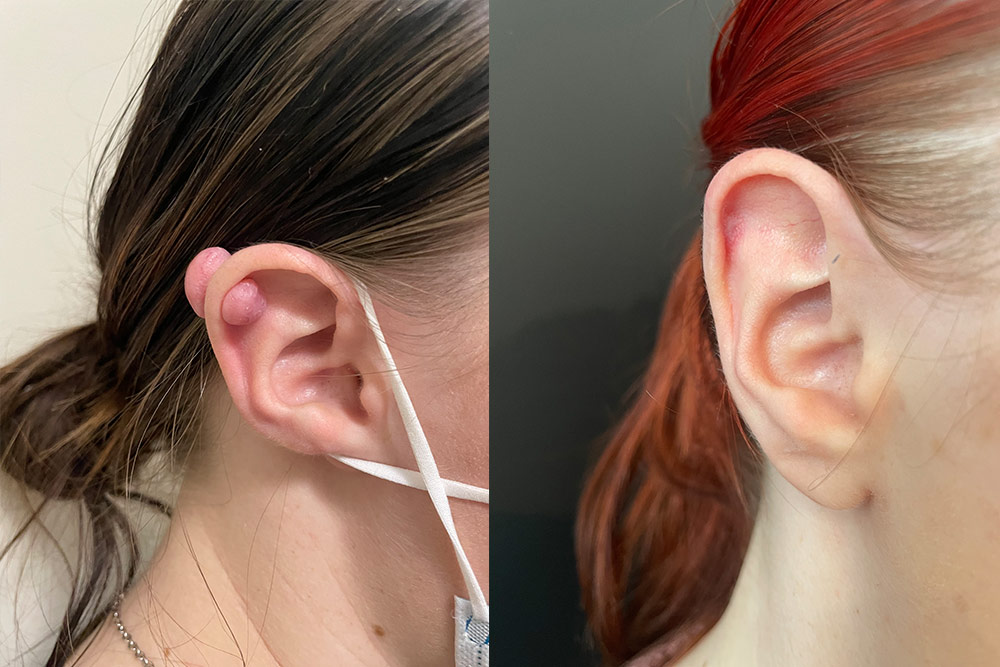Scar Revision

Every wound that develops as a result of an accident, surgery or disease results in some degree of scarring.
Every wound that develops as a result of an accident, surgery or disease results in some degree of scarring. It is a natural part of the healing process.
Certain scars can become problematic. Examples of excessive scarring include hypertrophic and keloid scars. Other scars can adversely affect your range of movement.
Before and After Examples

FAQs
Hypertrophic scars are thickened, raised scars that are usually confined to the original wound area. Keloid scars tend to be thicker in nature and grow beyond the boundaries of the original wound. Both types can be itchy and can have an unattractive appearance.
Hypertrophic and keloid scars respond best to multimodality treatment, which comprises of steroid injections, compression and topical treatment with silicone. Keloid scars, in particular, are usually worsened by excising them.
If your scar is adversely affecting your range of movement, revision surgery to release the scar may improve your function. This involves rearranging the pattern of the scar and/or using skin graft. Non-complex scars can usually be dealt with under local anaesthetic. Larger, more complex scars may necessitate a general anaesthetic.

